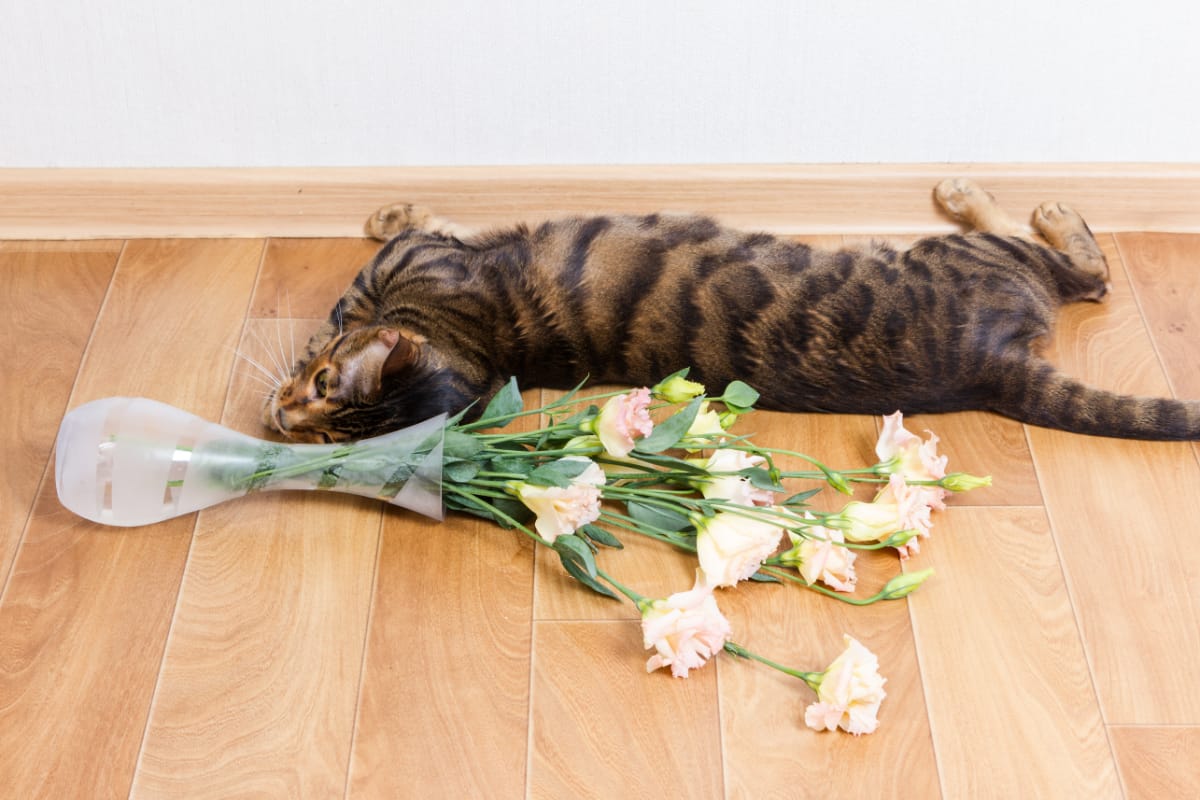Floor Insulation

We often get reminded to install loft and cavity insulation, but rarely do we get told about insulating our floors.
As much as 15% of the heat in a room can be lost through un-insulated ground floors. Properly insulating your floor and skirting boards can save as much as £80 a year on your heating bills. So we thought we would give you a bit of advice about the type of insulation that helps different types of flooring and which floors should be insulated.
Ground floor floors can feel pretty cold, and where possible they should be insulated to stop heat escaping through them. With the exception of a room over a garage, floors upstairs usually don't need to be insulated as they have heated rooms underneath them.
Cost of insulating floors
The prices listed below are for insulation under existing flooring. It would be cheaper to have insulation laid when you want a new carpet or wooden/laminate floor fitted, as the flooring fitter will fit certain types of insulation at the same time reducing the overall cost.
Suspended timber floor - Do It Yourself £100 - Professional £300 to £750
Solid Floor - Professional £950 - £2,200
Filling gaps between floor and skirting board - Do It Yourself £10-£15
Options for floor insulation
Typically British houses have suspended floors (floorboards on joists), solid floors (concrete) or tiled floors.
A suspended floor is made up of floorboards resting over joists. There is a space between the floor boards and the ground underneath. Within this space mineral wool can be laid between the joists. If there is access to the underneath of the flooring from a basement it will make the job easier. If however, you have to do it by taking the flooring up, then this is going to be very disruptive and would best be done when you decide to next decorate your room and need to remove all the furniture.
Materials used for insulating floor boards can include sheep's wool, hemp, recycled plastic bottles, or rigid insulation boards. When deciding on which is best for your property, think about the environment and what could end up being banned in 20 years time. You don't want to put recycled plastic bottles in your crawl space to find out in 20 years you can't replace it or it will cost a small fortune to be put in waste or recycling facilities. Natural sources are less likely to be banned.
Insulating floorboards can be carried out by yourself or you can use a professional installer. Insulation materials can easily be purchased from DIY stores and flooring specialists.
Warning: Floorboards will rot without adequate ventilation, so be mindful of under-floor airbricks in your outside walls - don't block them with insulating material.
Solid floors such as concrete or screed should lose less heat than suspended floors. They can still be insulated by laying a new layer of rigid insulation on top. This would usually be covered by chipboard plus your desired floor covering. The insulation can be placed directly above the existing concrete or screed in the form of a floating floor.
When people buy carpets from us we advise them to use a thick layer of insulating underlay if the carpet is to cover solid floors downstairs. The carpet itself is a great insulator, but with that extra underlay, you'll notice a bigger difference. It also makes your carpet feel plusher when you walk on it.
When customers buy laminate floors we advise them to use a damp proof membrane between the solid floor and the insulation to protect the floor from condensation, then to use a special insulating board for laminate flooring to help with heat loss.
Laminate floors will always be noticeable colder on bare feet then carpets, but laminate floors are far more hygienic then carpets when you have pets.
Wychwood sell insulating underlay for carpets, laminate and hardwood floors. If we fit your flooring we will also fit the insulation as part of the flooring fitting service we provide.
Underlay for carpets and laminates will raise your flooring level, so skirting boards and in some cases electrical sockets will need to be refitted and doors will need to be trimmed.
It is possible for you to insulate your solid floor yourself and all the tools can be purchased from a DIY store or your local flooring specialist such as Wychwood.
Tiled floors can be extremely cold in the winter. There is little you can do to improve the energy efficiency of a tiled floor, as they are so rigid and are usually laid on a concrete base.
As with wooden floors, tiled floors can benefit from checking for leaks and making sure the grouting is still intact.
Insulating with rugs and carpets
Rugs on the floor will also help your feet to feel warmer and block draughts, but they aren't as good as insulation underneath the floor.
Carpeted floors are usually the warmest floor type. The nature of carpet makes it a good insulator in itself. However, a thick, insulating layer of underlay underneath the carpet will further improve its insulating qualities.
Skirting board insulation
Heat can also escape from the gap between your floor and your skirting boards. Filling that gap with a tube of sealant is a cheap, quick and easy solution. Sealant is available from DIY shops and costs just a few pounds, however, this is usually done when wooden or laminate flooring is fitted.
Finding an installer
The National Insulation Association website lists local installers.
If you fit floor insulation yourself, make sure you comply with building regulations for the minimum energy-efficiency values. Check with the relevant building regulation for where you live.
Comments are switched off for this blog.